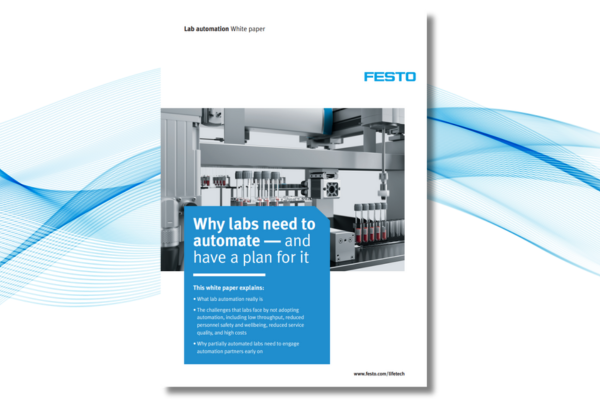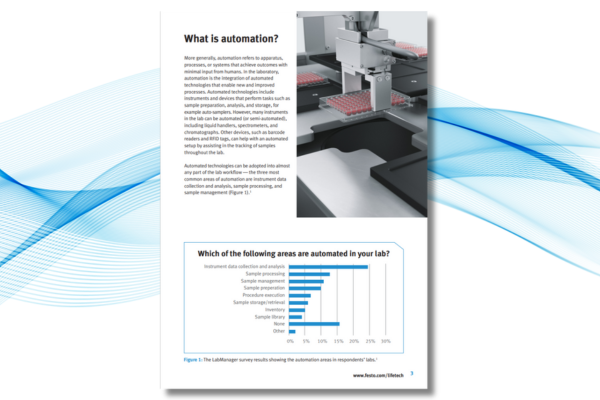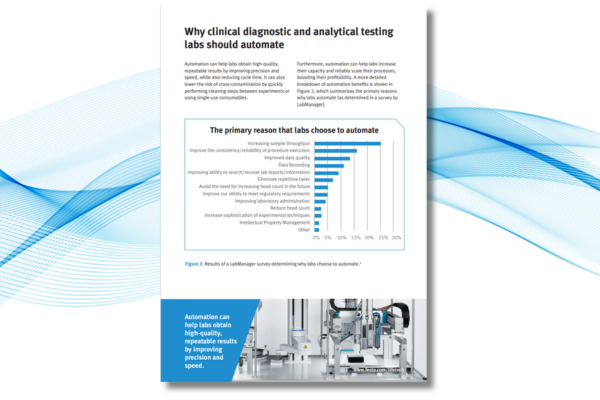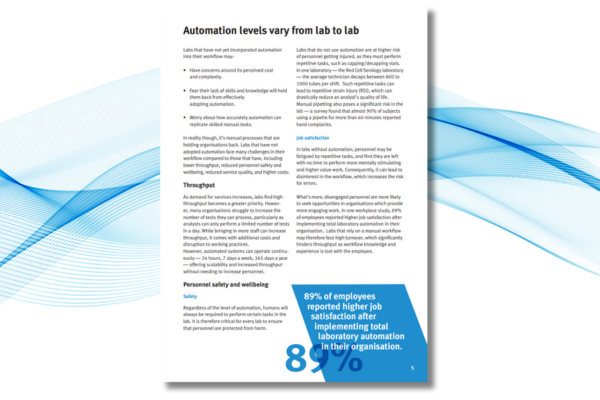Unlock efficiency, improve safety, and scale your lab for the future.
Why labs need to automate — and have a plan for it
Explore what lab automation really is and the typical challenges encountered by laboratories in the life science sector.
Discover how laboratory automation boosts throughput, reduces errors, and ensures scalability.
Fill out the form below to access your copy instantly.
Why download this whitepaper?
Today, laboratories face increasing pressure to deliver high-quality results quickly and cost-effectively. Manual workflows limit efficiency, increase error rates, and can even put staff safety at risk.
In this whitepaper, discover:
- The key challenges of manual laboratory workflows – and how to overcome them
- How automation boosts throughput, accuracy, and regulatory compliance
- Why engaging an automation partner early prevents costly mistakes
- The five critical factors to consider when implementing laboratory automation
This whitepaper will help you to...

Learn what laboratory automation really is

Discover the challenges unautomated labs face

Learn why labs need to engage automation partners early
What’s inside?
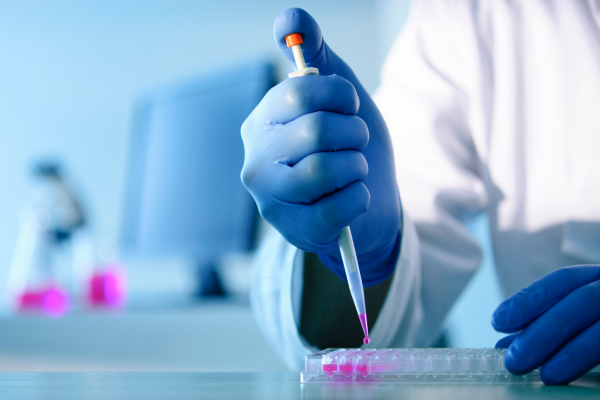
The reality of manual laboratories
Many labs still rely on manual workflows, but this approach has challenges. Without automation, labs struggle with inefficiency, higher costs, and an increased risk of human error. Repetitive manual tasks can also lead to staff burnout, making it harder to maintain consistency and meet growing demand.
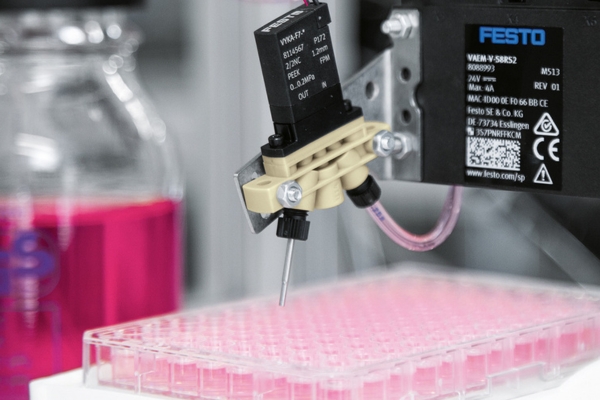
The power of automation
Automation transforms laboratory workflows by increasing throughput, reducing cycle times, and ensuring high-quality, repeatable results. By integrating automated technologies, labs can process more samples with greater accuracy while minimising the risk of cross-contamination.

Why planning matters
Planning is essential, labs that partially automate without a clear strategy often face costly setbacks, such as compatibility issues between instruments, workflow inefficiencies, and unexpected integration challenges. Engaging an automation partner early helps labs build a scalable, future-proof solution that grows with their needs.
Did you know? A recent survey found that 89% of laboratory professionals reported higher job satisfaction after implementing automation.
Don't miss out—discover how automation can streamline your lab's processes and improve overall performance.

